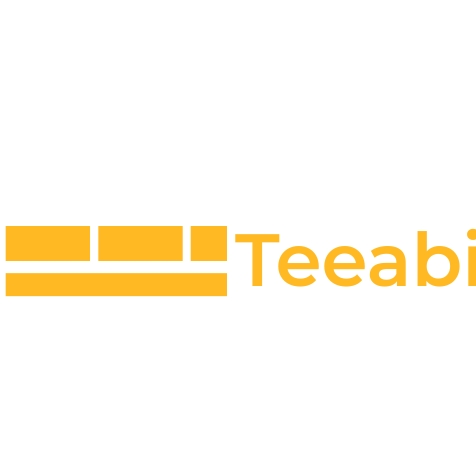Innovative drilling techniques for modern infrastructure
In the rapidly evolving world of infrastructure development, the demand for innovative and efficient construction techniques is at an all-time high. As urban areas expand and the need for sustainable development grows, construction companies and civil engineers are constantly seeking advanced methods to ensure the durability and safety of their projects. One of the critical components of modern infrastructure development is drilling, which plays a pivotal role in laying the groundwork for various construction activities.
The Role of Drilling in Infrastructure Development
Drilling is a fundamental process in infrastructure projects, providing the necessary groundwork for foundations, utilities, and other essential components. It involves creating holes or tunnels in the earth to facilitate the installation of pipes, cables, and other infrastructure elements. The efficiency and precision of drilling techniques directly impact the overall success of a project, making it crucial for construction companies to adopt innovative methods that align with modern infrastructure needs.
Innovative Drilling Techniques
Horizontal Directional Drilling (HDD) is a trenchless method used for installing underground pipelines and cables with minimal disruption to the surrounding environment. This technique involves drilling a pilot hole along a predetermined path, followed by enlarging the hole to accommodate the desired pipeline or cable. HDD is particularly beneficial in urban areas where traditional open-cut methods are impractical due to existing infrastructure.
Microtunneling is a remote-controlled, trenchless construction method used for installing pipelines beneath obstacles such as roads, rivers, and buildings. This technique involves the use of a microtunnel boring machine (MTBM) that is guided by a laser system to ensure precise alignment. Microtunneling is ideal for projects requiring high accuracy and minimal surface disruption.
Auger boring is a technique used for installing steel casing pipes beneath the ground. It involves the use of a rotating auger to remove soil while simultaneously advancing the casing pipe. This method is commonly used for installing utility lines and is known for its cost-effectiveness and efficiency in stable soil conditions.
Sonic drilling is an advanced technique that uses high-frequency vibrations to penetrate the ground. This method is highly efficient in various soil types and is known for its ability to provide continuous core samples, making it ideal for geotechnical investigations and environmental assessments.
Benefits of Innovative Drilling Techniques
Innovative drilling techniques offer significant improvements in efficiency, allowing projects to be completed faster and with greater precision. Techniques like HDD and microtunneling reduce the need for extensive excavation, minimizing project timelines and labor costs.
Safety is a paramount concern in construction projects, and innovative drilling techniques contribute to safer work environments. Trenchless methods reduce the risk of accidents associated with open trenches and heavy machinery, ensuring the well-being of workers and the public.
Modern drilling techniques are designed with environmental sustainability in mind. By minimizing surface disruption and reducing the need for extensive excavation, these methods help preserve natural landscapes and reduce the environmental impact of construction activities.
Choosing the Right Drilling Partner
For construction companies and project managers in Estonia, particularly in Harjumaa, selecting the right drilling partner is crucial for the success of infrastructure projects. A reliable partner like ASTOMER OÜ offers expertise in innovative drilling techniques, ensuring quality, efficiency, and quick response times. By choosing a partner with a proven track record, you can ensure the durability and safety of your projects.






Comments (0)